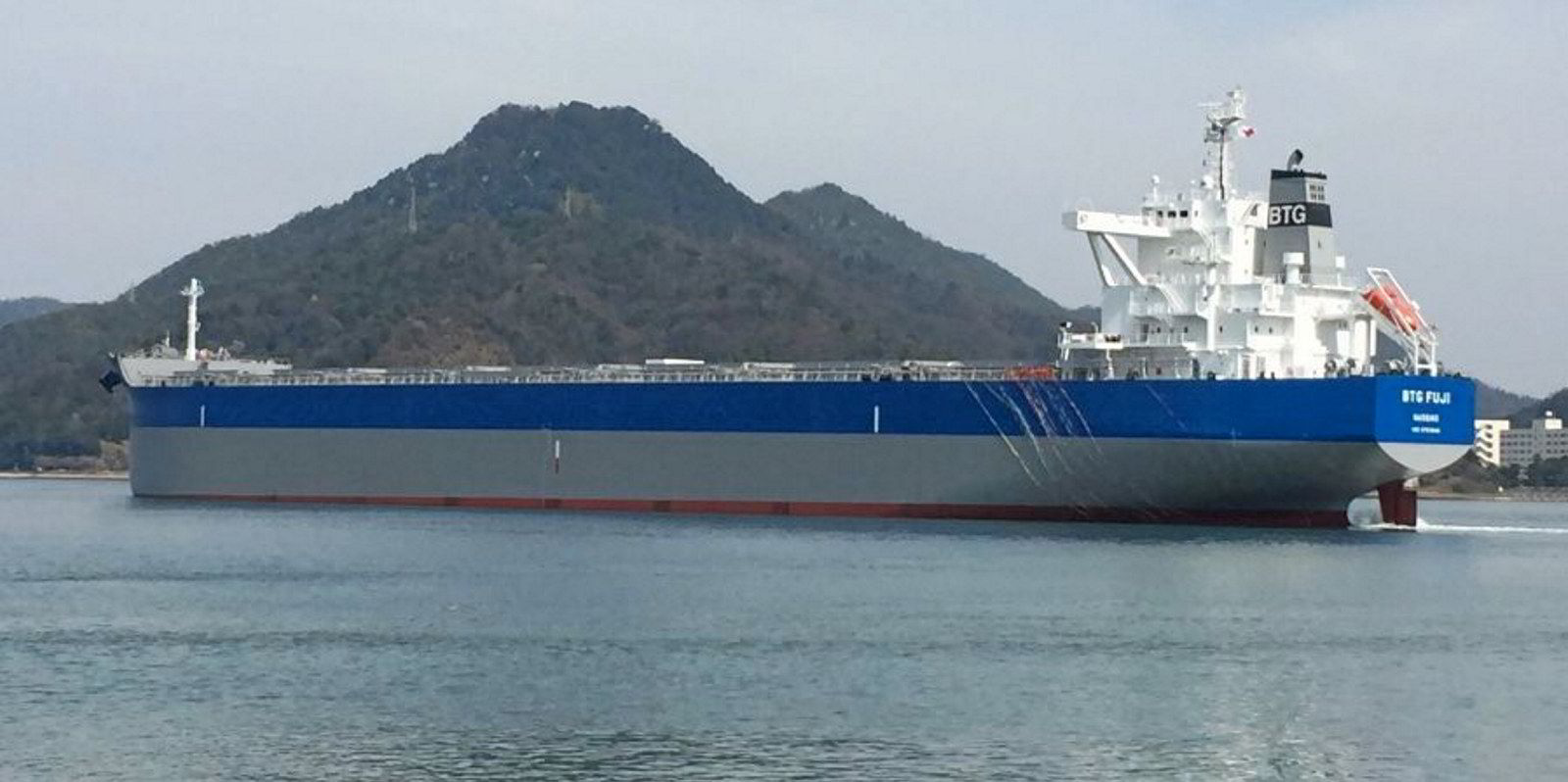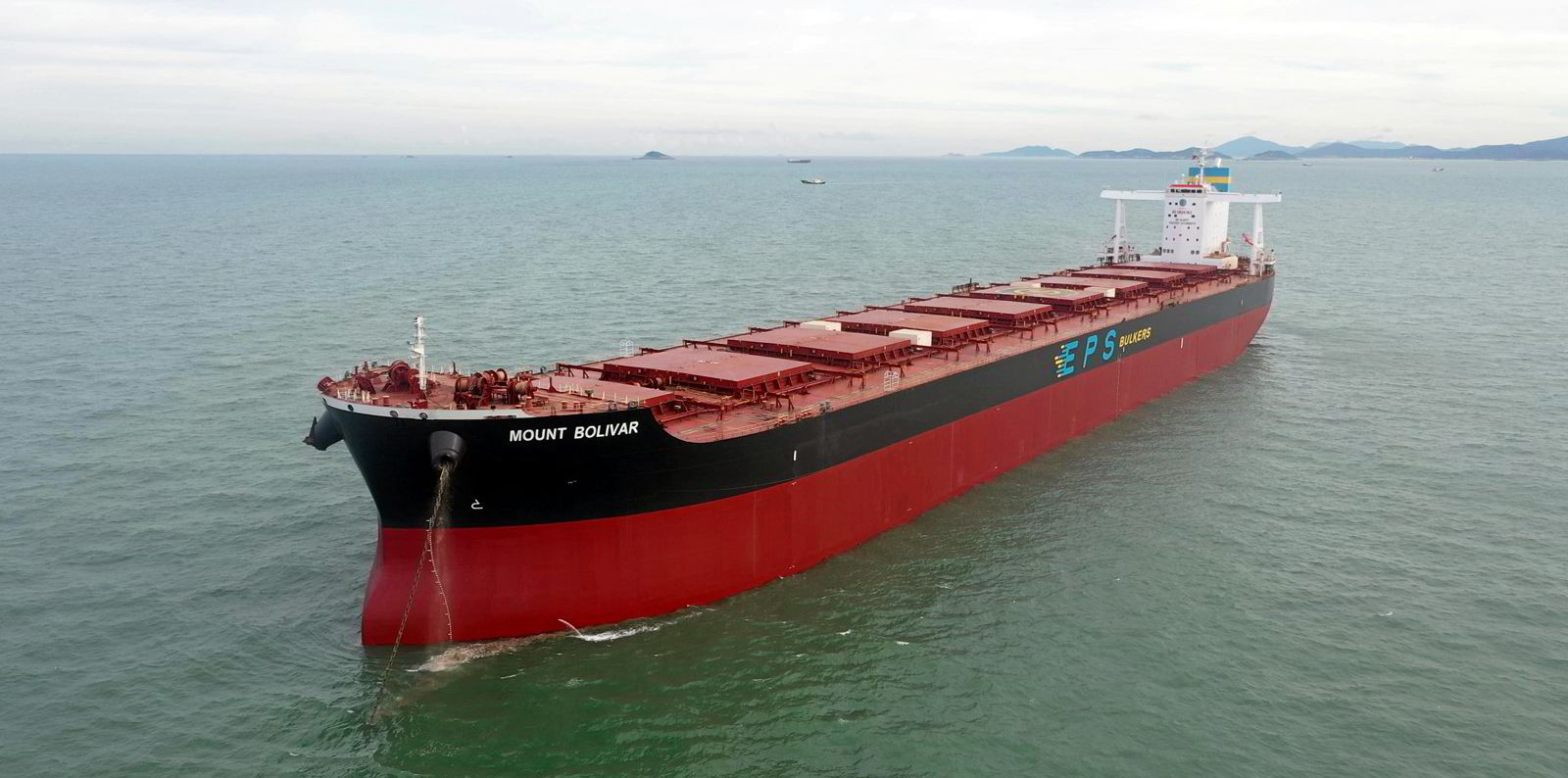The Baumarine by MaruKlav panamax bulker pool has revealed a big extra pay-out for a Japanese ship that exceeded stated speed and fuel consumption levels.
The joint venture operation between Norway’s Torvald Klaveness and Marubeni Corp of Japan said that, for the first quarter, pool member Mizuho Sangyo banked an extra $94,563 for the 75,000-dwt Coral Ring (built 2006).
This equates to another $1,383 per day.
The ship over-performed by 7% on the level of speed/fuel consumption initially guaranteed by the owner when the bulker joined the pool in January.
The bulker has since been chartered to Germany’s Oldendorff Carriers for three months in April.
Deputy managing director of MaruKlav, Masashi Kobayashi, explained: “As it is known in period time charter deals, shipowners do not get any upside from a ‘better-than-described’ performance, but only speed claims from … under par speed/consumption.”
He added that to avoid such claims, some shipowners tend to favour describing their vessels more conservatively, ie “in most cases leaving money on the table”.
The MaruKlav executive said the pool is challenging that status quo.
“We continuously monitor the actual performance of the entire pool fleet from day one and pay our members additional earnings through a quarterly redistributions model to vessels when they perform better than described,” Kobayashi added.
Full upside
The operation believes shipowners who maintain their assets well should get the full upside from a better performance.
A spokesperson for Mizuho Sangyo added: “We have learned there are many benefits for owners joining Baumarine by MaruKlav, but this quarterly redistribution mechanism is one of the best examples of demonstrating the mindset of fairness [the pool] has for its members,” the spokesperson said.
In April, the pool said it had outstripped Baltic Exchange benchmark earnings in the first quarter.
Rates ended March $3,226 per day above the P5TC index, which is based on five panamax time-charter routes.
The panamax pool has a large fleet of about 30 ships spread across the world and is also actively using the forward freight market to lock in margins and adjust its position towards market movements.






